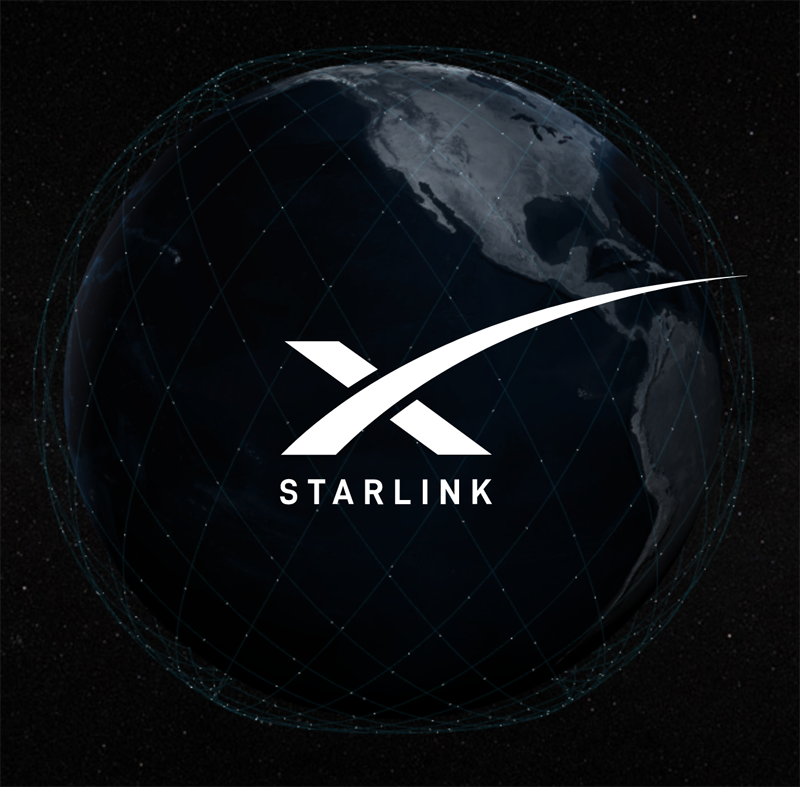
Image credit: SpaceX
Orbital launch firm SpaceX has launched another 60 broadband satellites to bring its total for the Starlink network to 182 satellites.
The latest satellites were launched on a Falcon-9 rocket from Cape Canaveral in Florida on Monday 6 January 2020.
It comes after SpaceX launched the initial 60 “Starlink” satellites for its low earth orbit-based broadband project in May last year.
The Falcon 9 rocket typically carries 60 flat-packed satellites, and SpaceX hopes to begin offering its Starlink broadband service to US customers on a regional basis in mid-2020, providing it can place enough satellites into orbit in time.
SpaceX has said that it intends to launch 24 Starlink missions in 2020, as part of its strategy to place up to 12,000 satellites in orbit, with approximately 2,000 satellites launched per year.
It could eventually place up to 42,000 satellites into orbit in the long term.
It should be noted that each satellite weighs a hefty 227kgs and contains a single solar array. Each satellite has its own electric propulsion system that expels electrically charged atoms of krypton in order to provide thrust.
The engine also maintains its correct position, and to bring the satellite down at the end of its service life.
This last point is important due to increasing concerns about space clutter in orbit.
The news of the successful deployment of 60 Starlink satellites was announced by the firm on Twitter this week, along with a video of the actual deployment of the satellites into orbit.
The Starlink satellites are initially deployed at an altitude of 290km, before they manoeuvre up to 550km (342 miles) above the earth.
The plan eventually is to expand the Starlink network to the rest of the world.
Elon Musk has made clear that he sees the Starlink service as a way of funding SpaceX’s ambition to develop a spacecraft that can carry passengers to the moon, and eventually colonise Mars.
Starlink reportedly is expected to generate roughly $3 billion a year in revenue.
SpaceX had raised more than $1 billion (£790m) last year to help fund its broadband satellite ambitions.
But Space X is not the only player in rolling out satellite-based Internet connectivity.
The other companies racing to construct satellite-based broadband networks include Jeff Bezos’ Blue Origin, which intends to deploy a 3,200-satellite network known as Project Kuiper.
Other players include Kepler, LeoSat and Telesat Canada.
But perhaps the most immediate challenge to SpaceX’s Starlink comes from British start-up OneWeb, which launched its first satellites in February 2019.
In March 2019 OneWeb raised a total of $3.4 billion (£2.63bn) in private funding, paving the way for a series of monthly launches this autumn to build an initial network of 650 satellites operating at 1,200km.
What do you know about fibre broadband? Take our quiz!
New chapter for famous name from Internet's early days, Napster, has been acquired and will…
Solving not-spots? Ofcom proposal to make UK the first European country to allow ordinary smartphones…
Pioneering robotaxi service from Alphabet's Waymo to go live in Washington DC next year, as…
Dozens of Chinese firms added to US export blacklist, in order to hamper Beijing's AI…
Chinese rival BYD overtakes global revenues of Elon Musk's Tesla, as record number of Tesla…
Messaging app Signal in the headlines after a journalist was invited to a top secret…